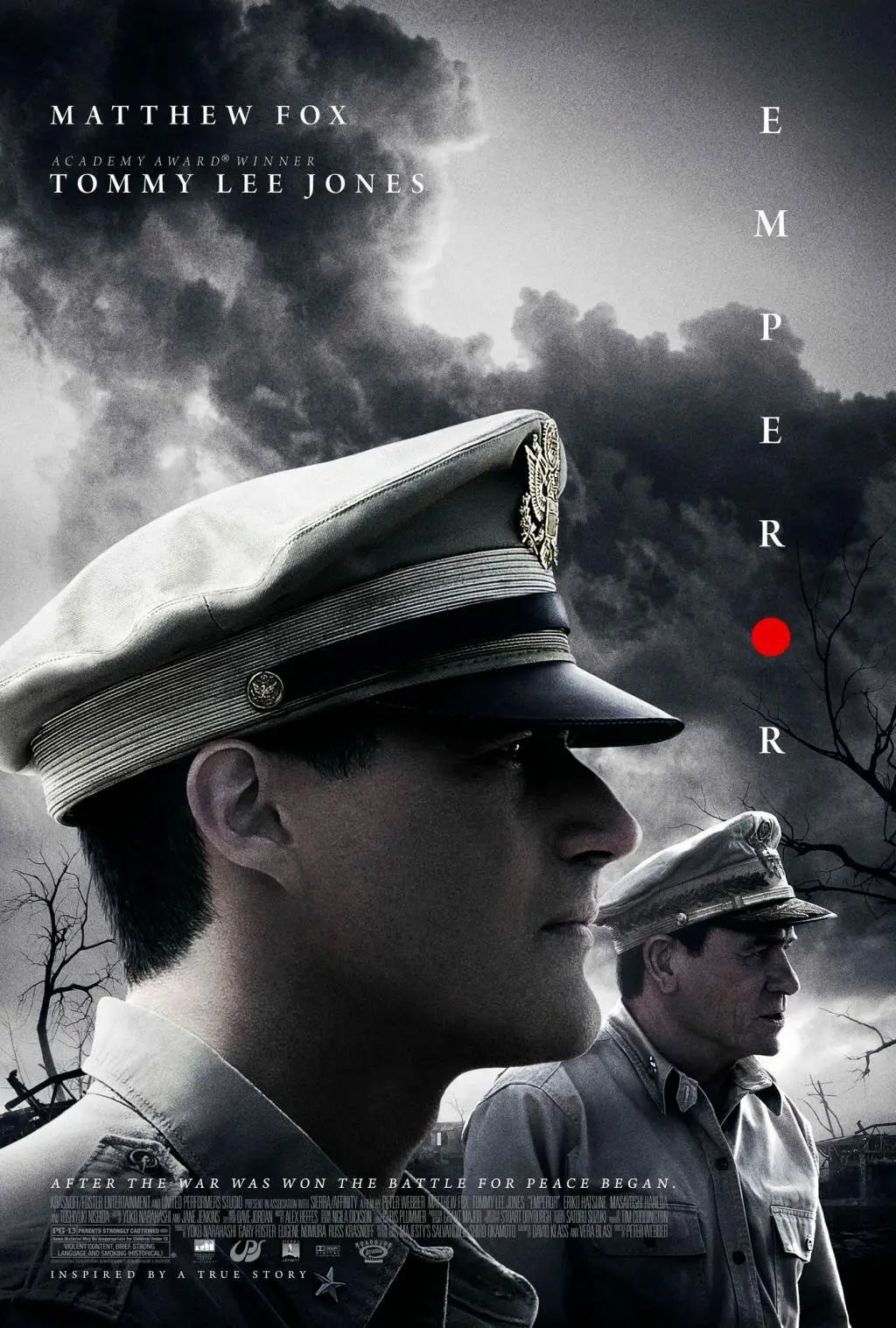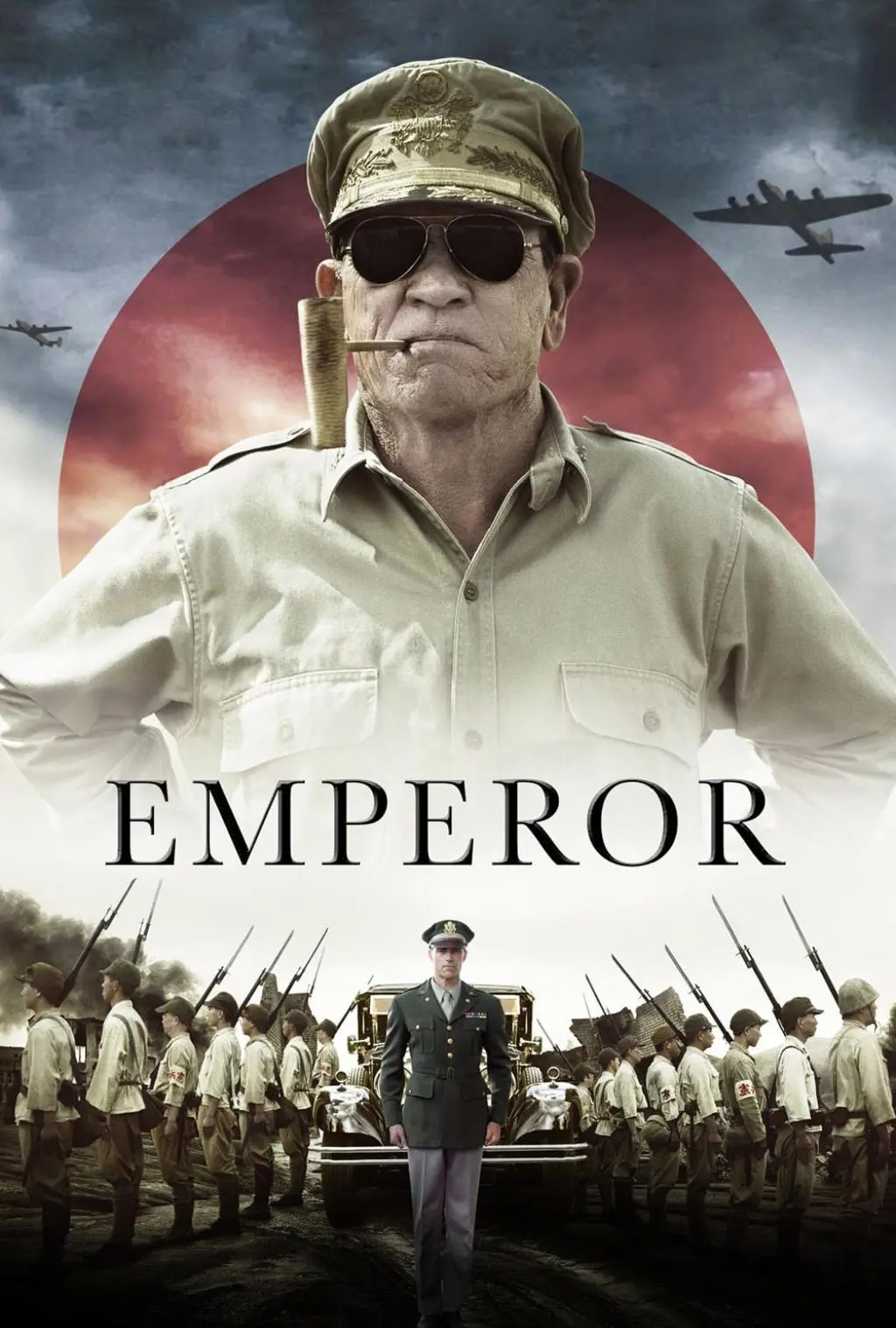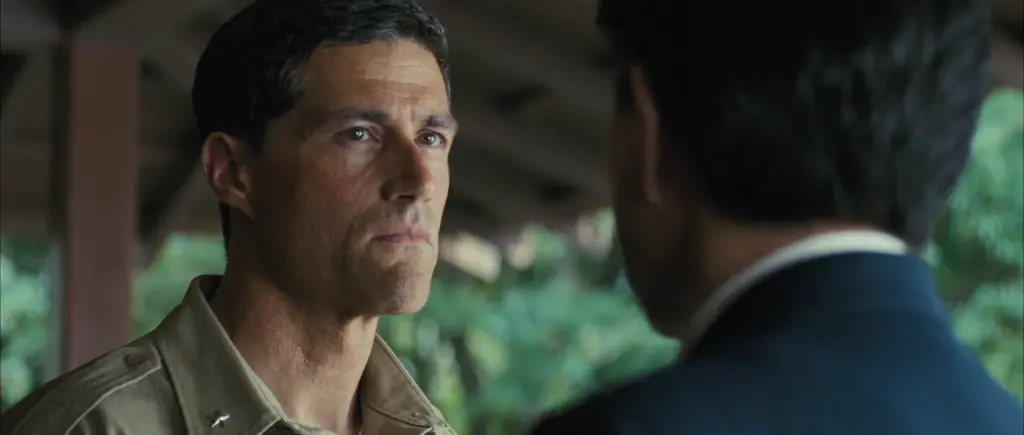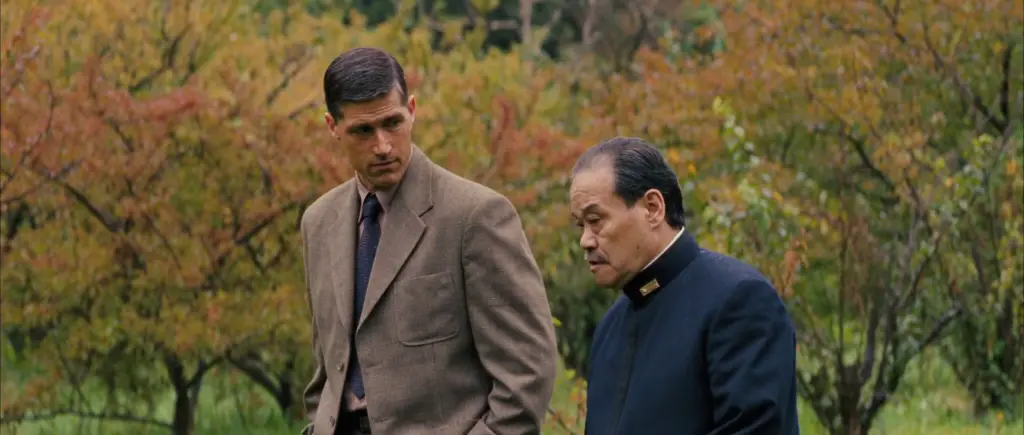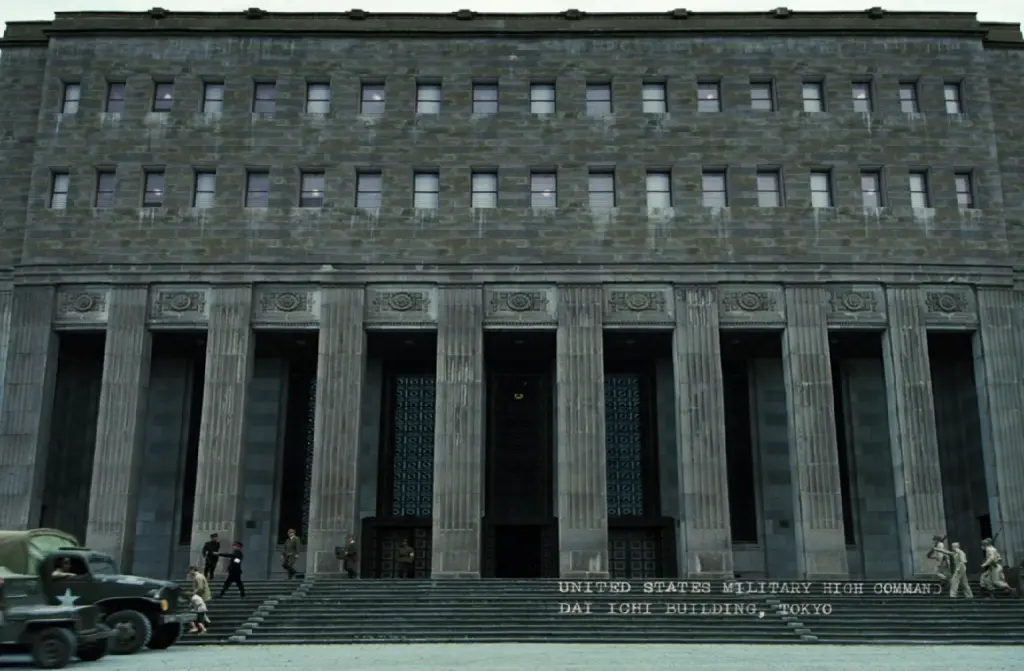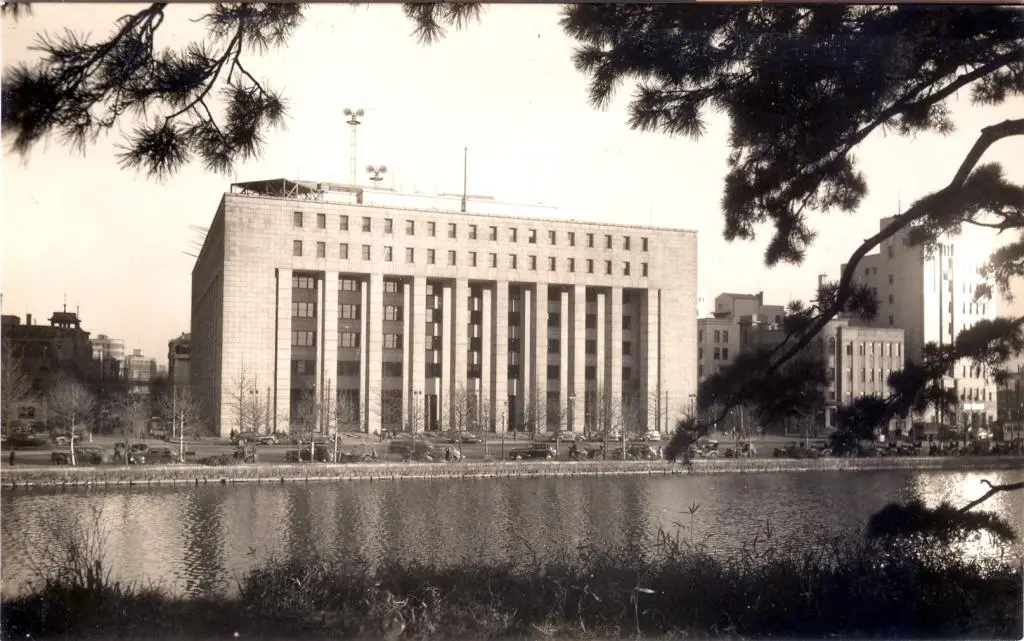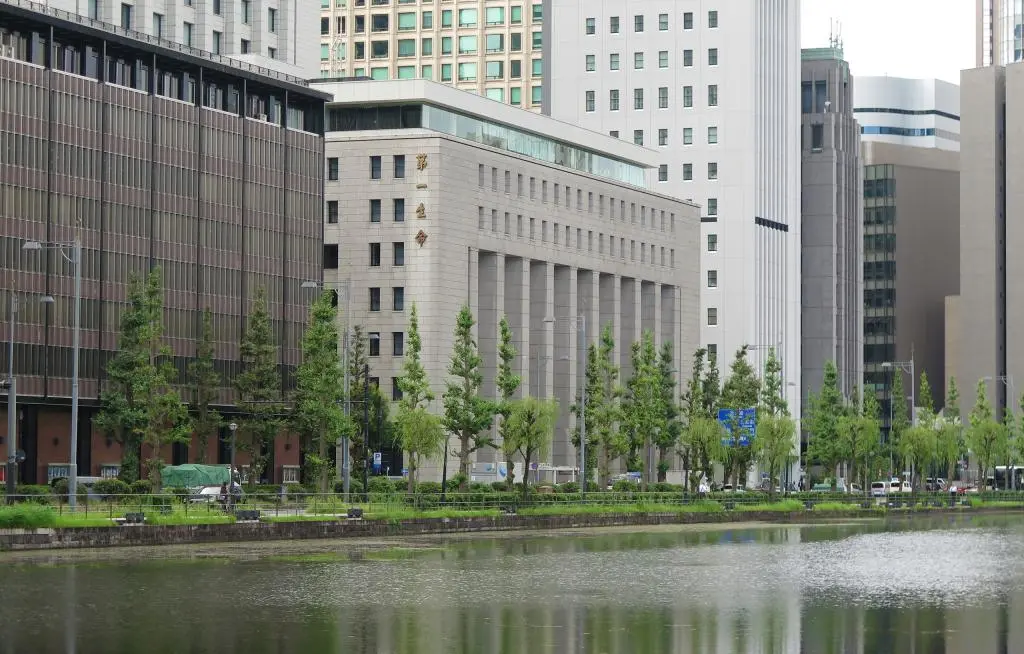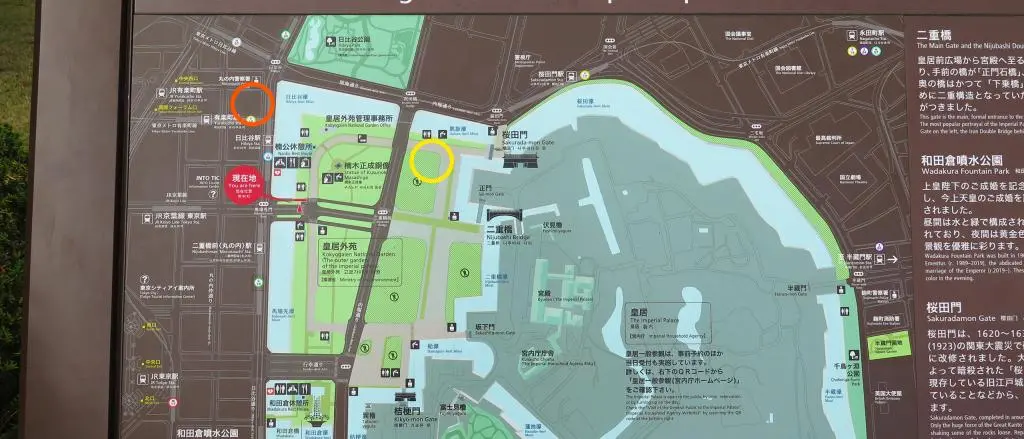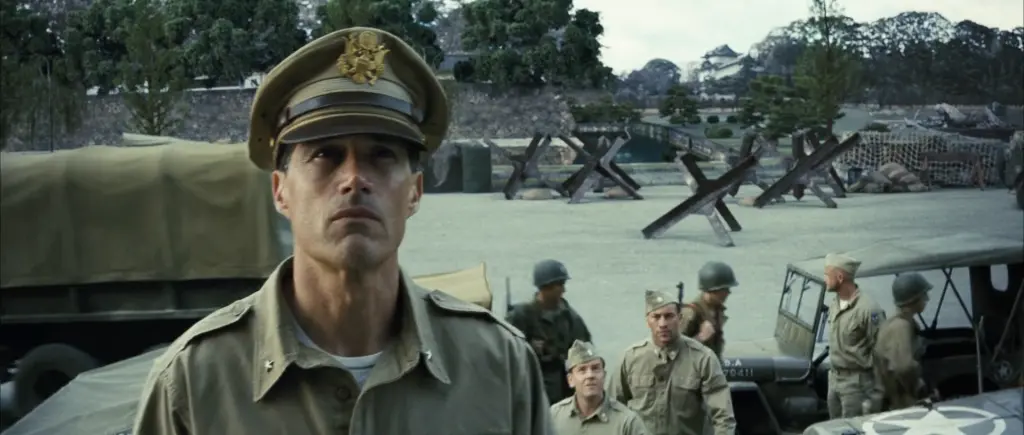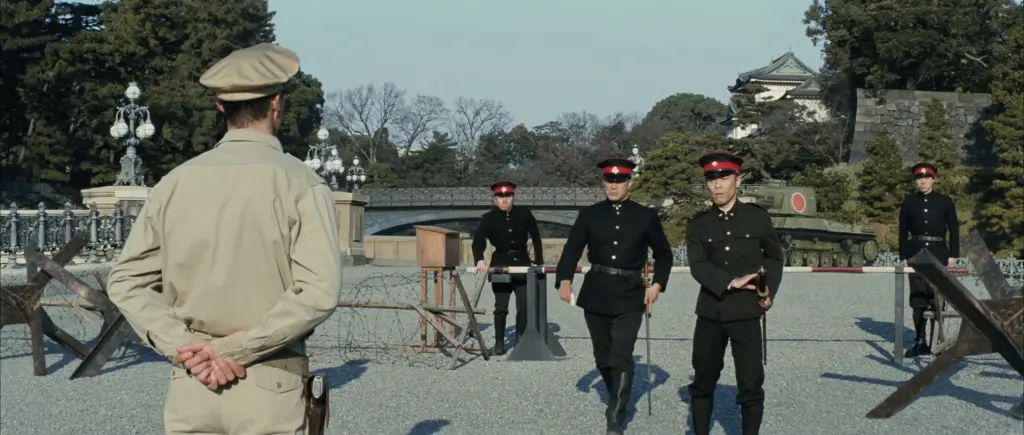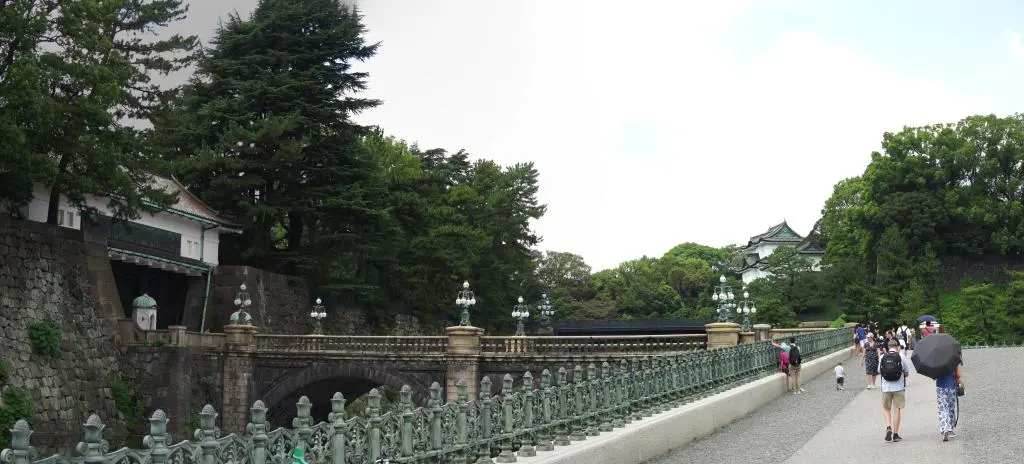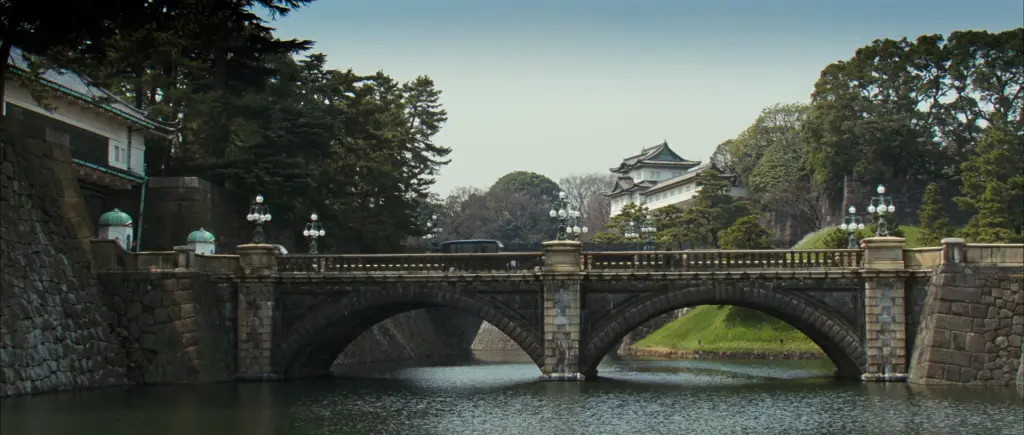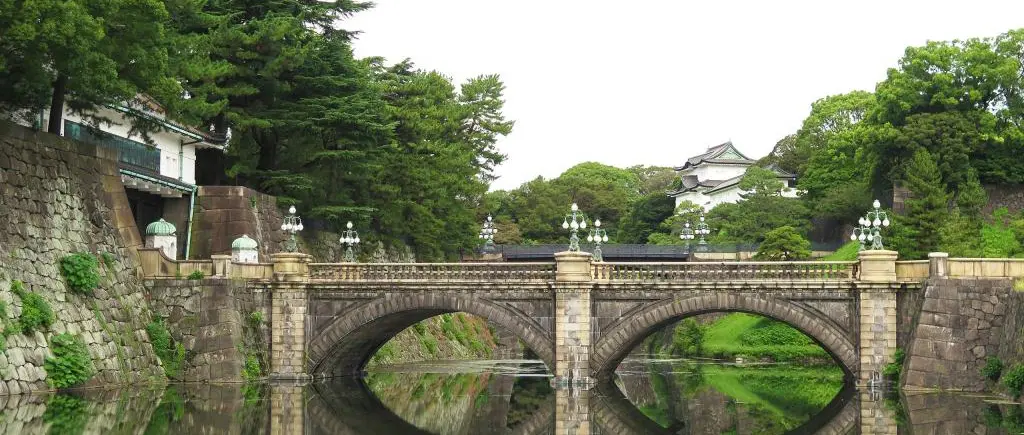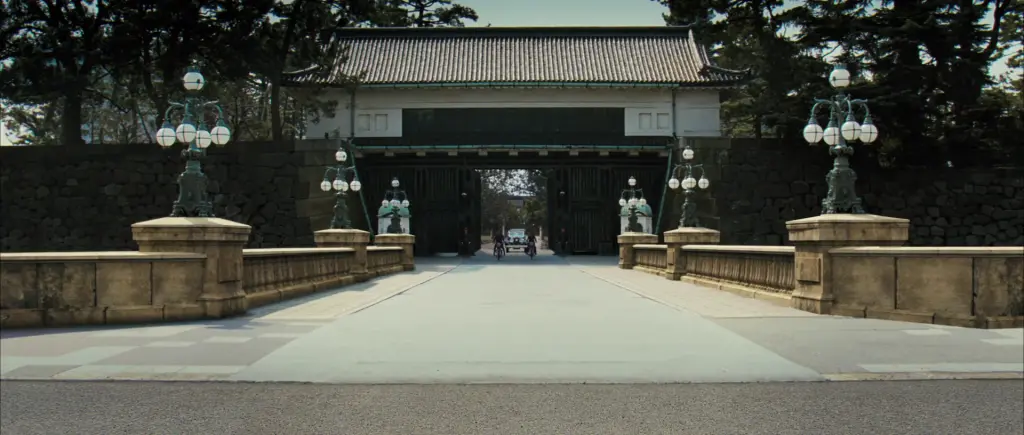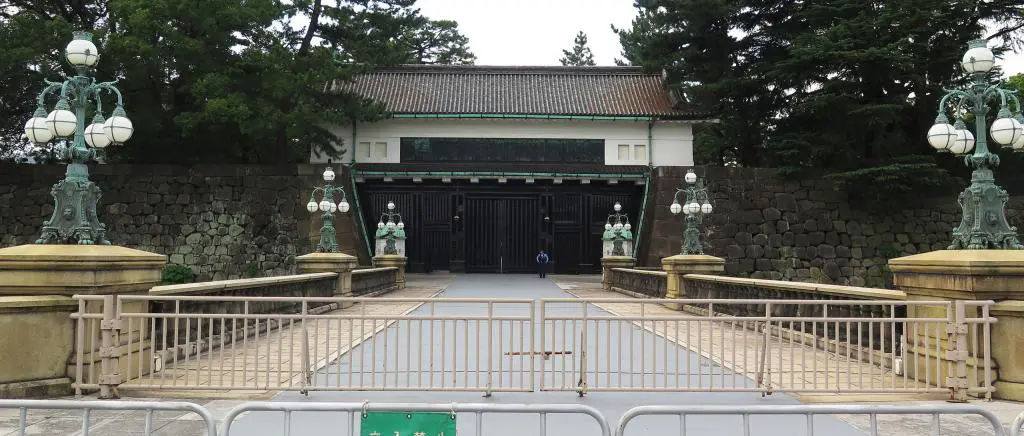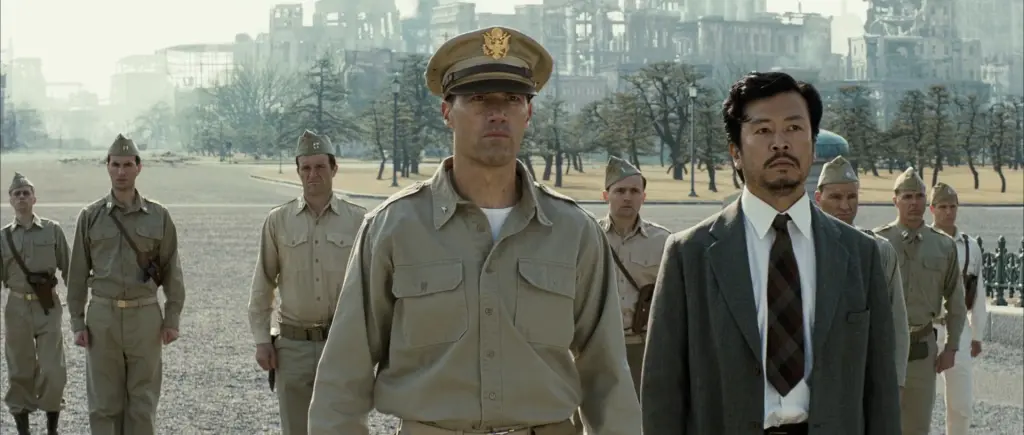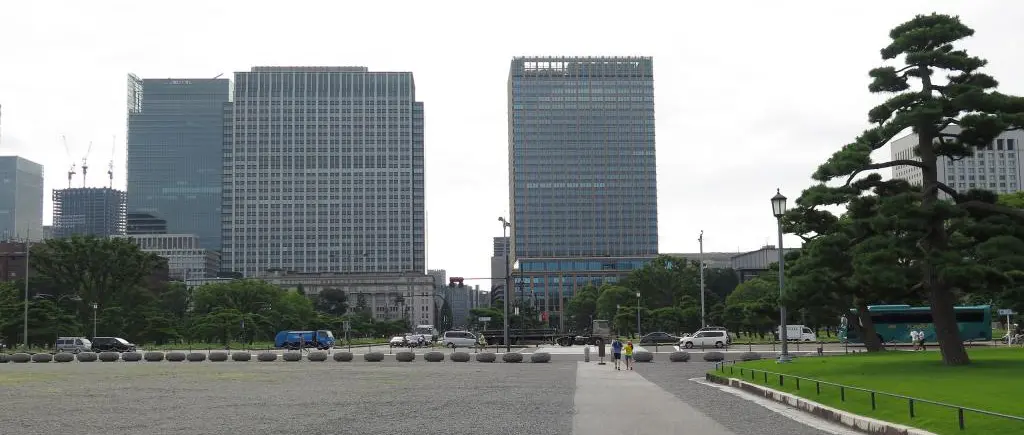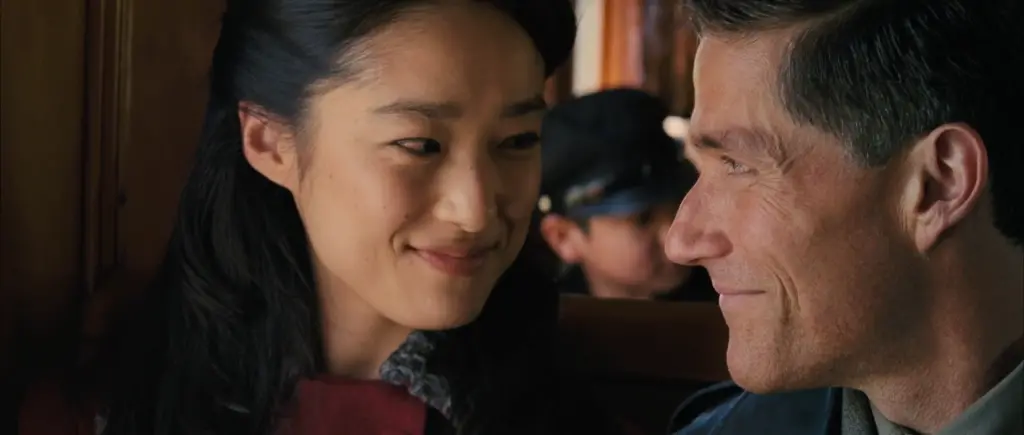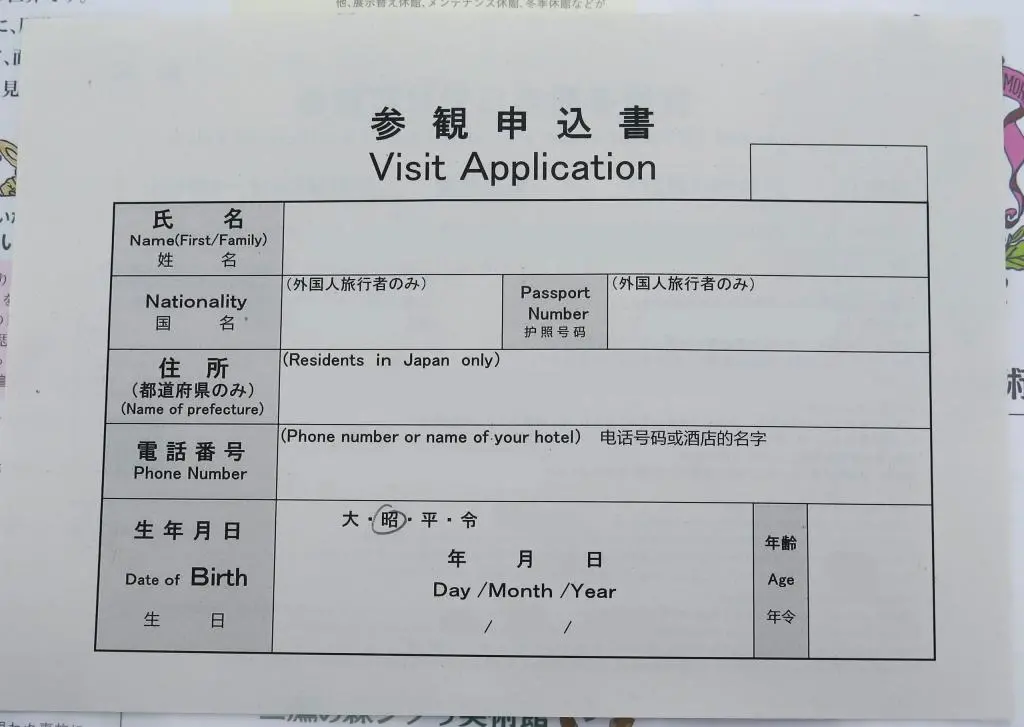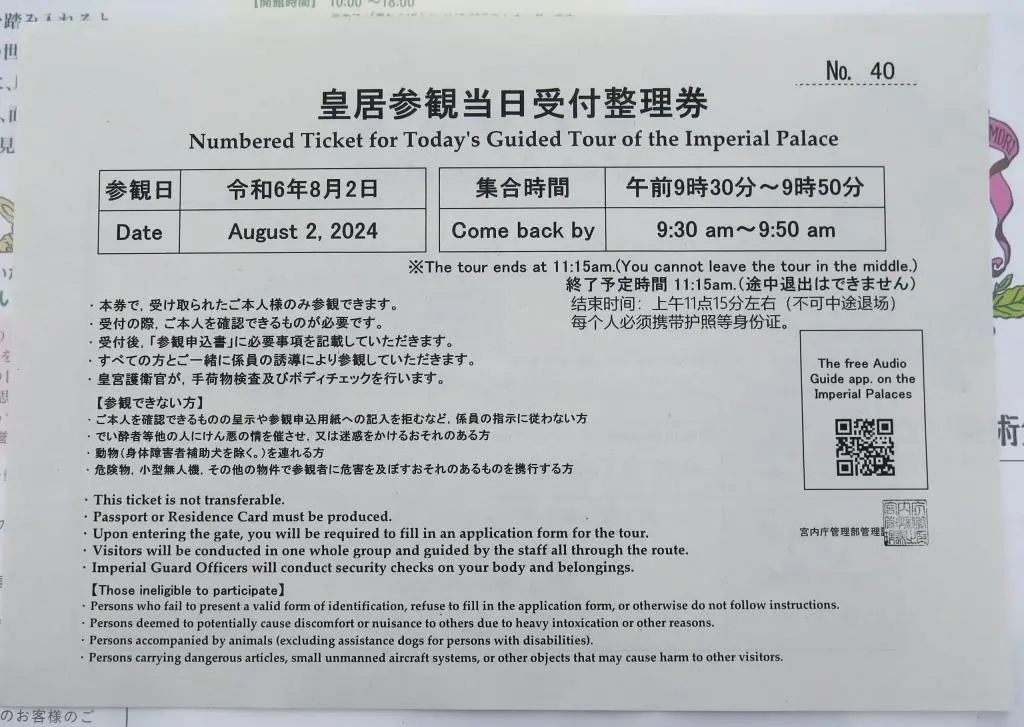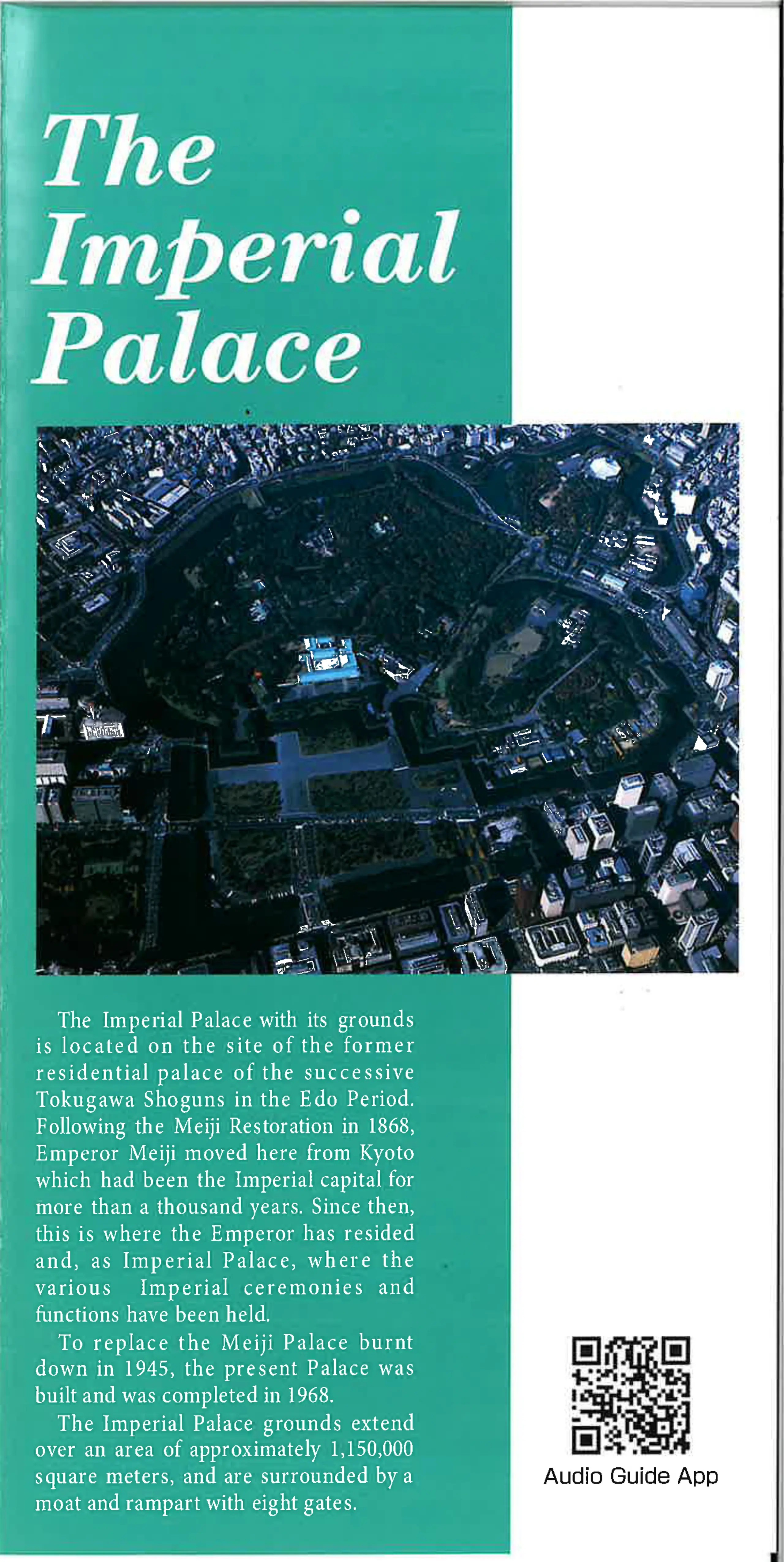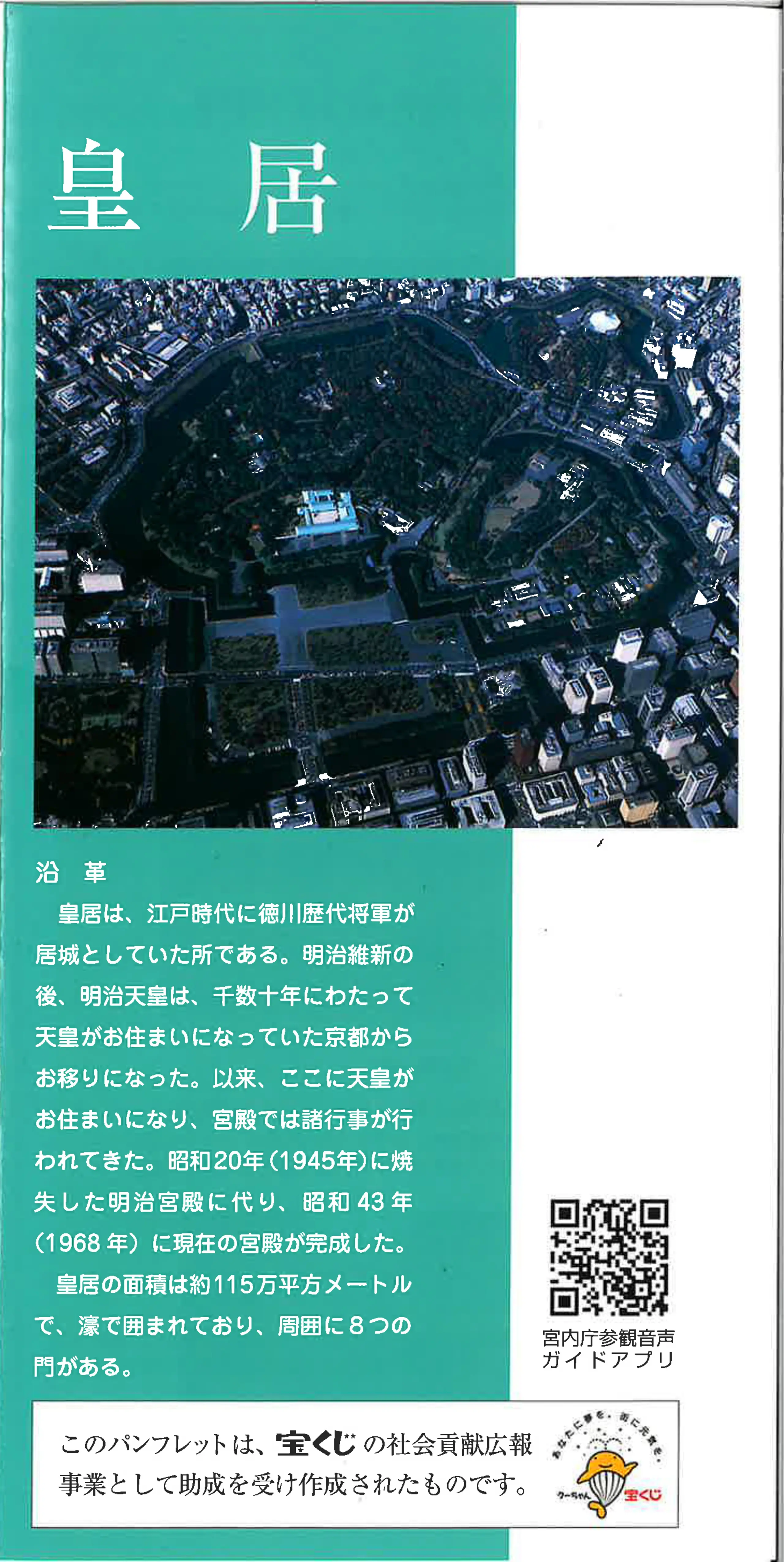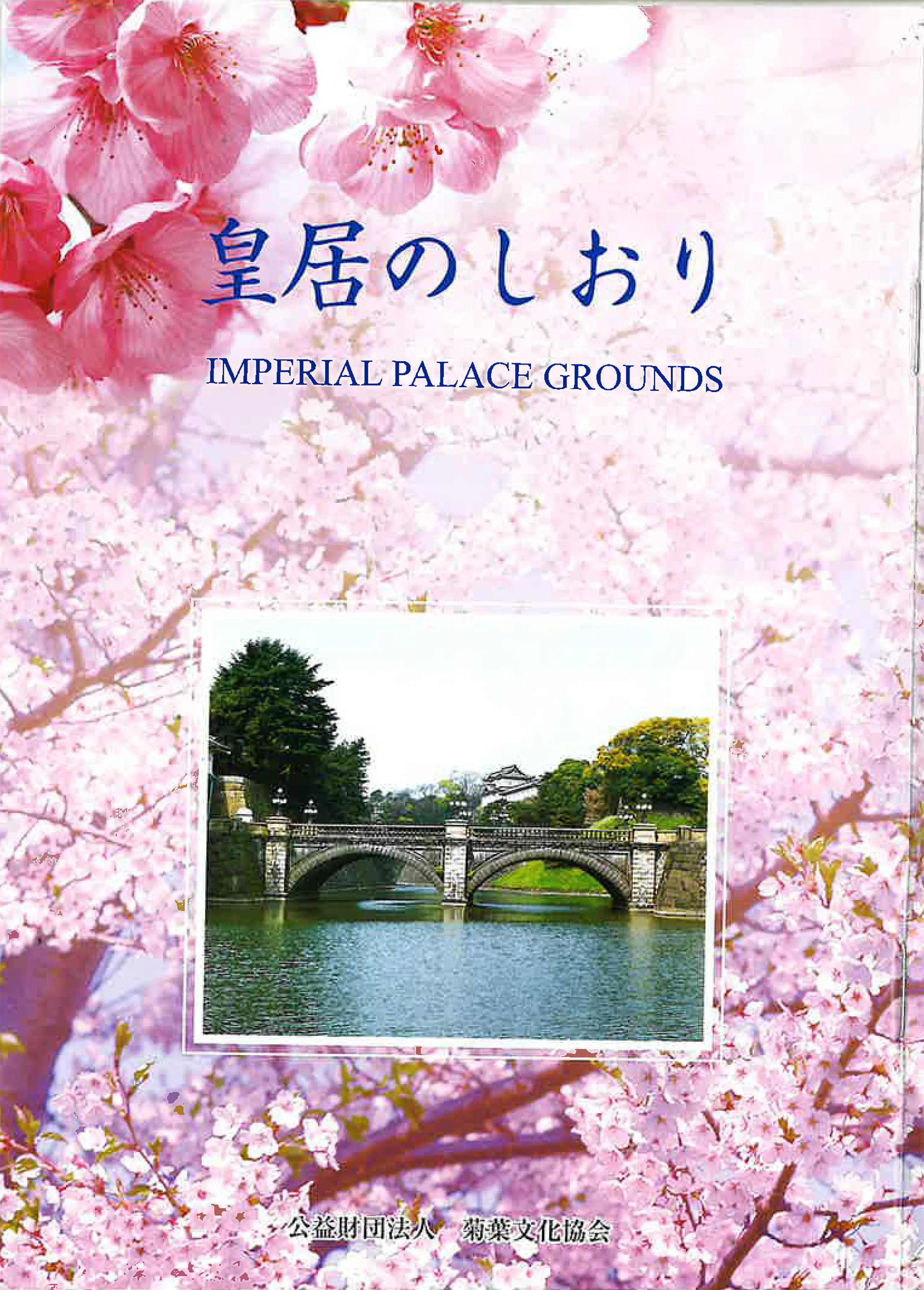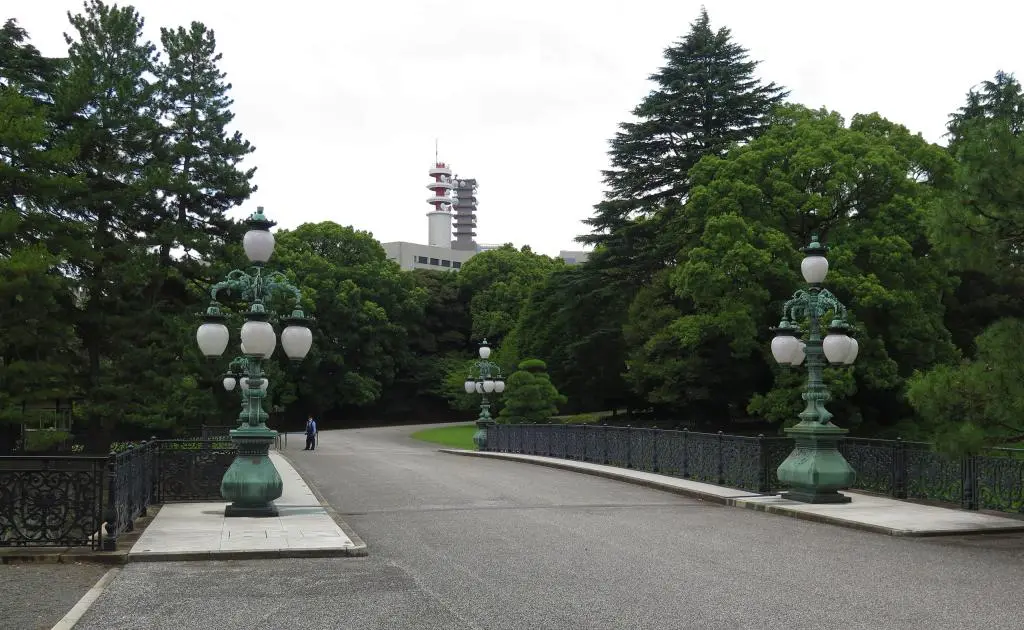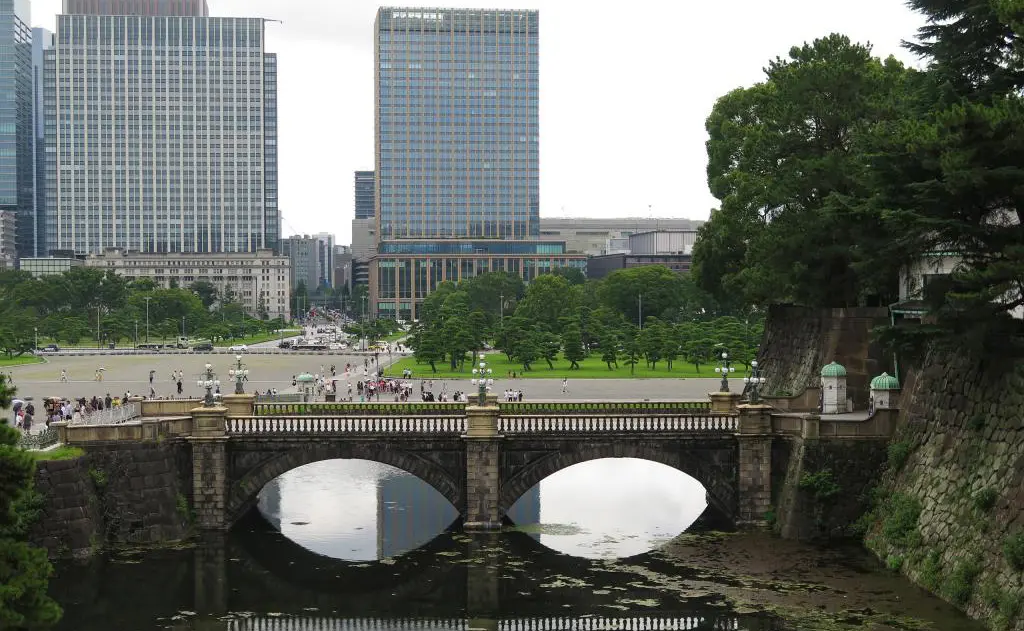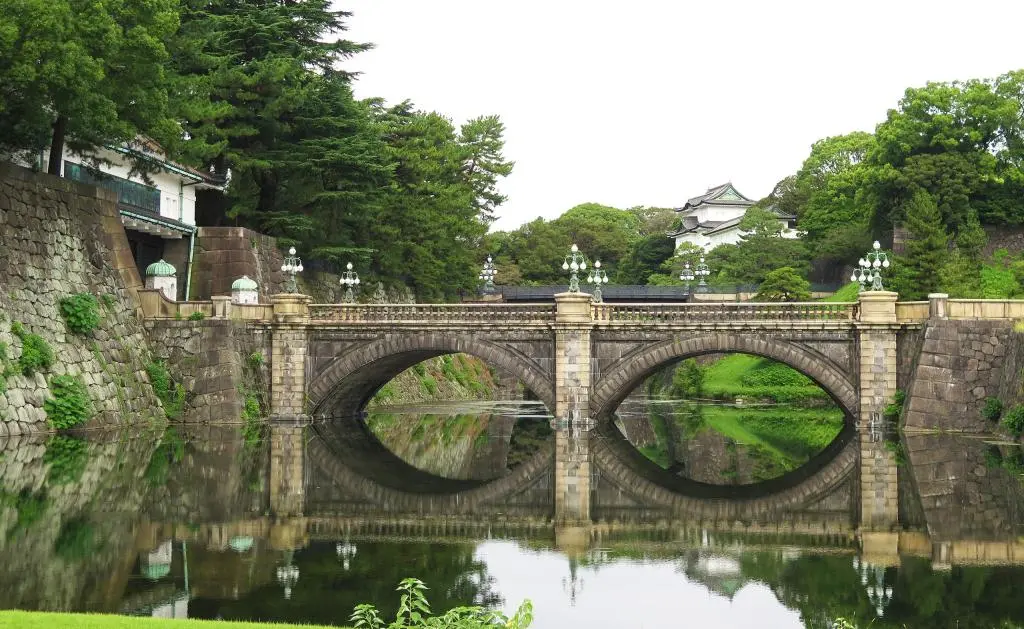After the United States dropped the atomic bombs on Japan, they surrendered to the United States. This was announced to the nation on August 15th, 1945, seventy-nine years ago. In the following days, officers of the United States military came to Japan, and oversaw the occupation which would rebuild Japan.
In these first few days, the American public wanted immediately and swift revenge for Pearl Harbor and Japan's involvement in the war. It was easy to place a target on the figurehead of Japan, Emperor Hirohito. To the typical American, the Emperor was like a king, and a king commands its armies to attack. So, surely Emperor Hirohito commanded Japan's army and navy to attack Pearl Harbor and enter the war.
As Supreme Commander Douglas MacArthur arrived in Japan to lead the occupation, one of his first assignments was given to General Bonner Fellers. This assignment was to determine the extent of the Emperor's involvement in the war. Did he give the command to attack? Did he give the command to invade?
This is the overall plot of the 2012 film, Emperor, starring Tommy Lee Jones as Douglas MacArthur and Matthew Fox as Bonner Fellers.
The film focuses on Bonner Fellers. MacArthur entrusts Fellers with this mission of determining the Emperor's guilt because of Fellers close relation and expertise of Japan. After arriving in Tokyo, various members of the Japanese military are arrested, and Fellers oversees the operation understanding how these officers value sacrifice in the wake of defeat.
The arrested officers are interrogated and seemingly uncooperative. Fellers understands the ambiguity of their answers, but is still frustrated with the lack of substantial proof and direct answers required for making a clear decision to MacArthur.
One of my initial favorite things about Emperor was Feller's frustration. Fellers (and Matthew Fox's acting) clearly shows a love and respect for Japan, but he is constantly beat down, turned away, and disrespected by its people. He understands the damned future Japan would have without an Emperor, so he continues to fight for the answers despite the constant problems.
This feeling of frustration is the initial reason why this film stayed with me. I immediately identified with these feelings having lived here for a few years when seeing it for the first time. This feeling of working towards the same goal as others, but being pushed aside because I'm a perceived outsider, thus being perceived as an opponent or someone that wouldn't understand.
After watching the film recently with my Japanese language students, I had forgotten that it spent some time explaining Japanese culture. One of the key points of the film was a flashback between Fellers and his fictional girlfriend's uncle, General Kajima. The uncle explains Honne and Tatemae.
Tatemae is the way that things appear. The uncle explains to Fellers that when you look at Japan (in 1930s/40s), you see the most advanced and westernized country in all of Asia. Honne is the way they really are. Underneath this westernized surface is the true heartbeat of Japan, which runs on the ancient warrior code of loyalty and obedience. From this explanation that Fellers learned before the war, he understands that without the Emperor as a symbol to guide the public, Japan would fall into chaos.
This concept of Honne and Tatemae is ever present in modern Japan. They consider and cherish group harmony over everything else. They do this because on the surface conflict will create rifts between individuals and eventually break that harmony. So, they often contribute and conform to the group to avoid social strife. This is why everyone perceives Japanese people as super nice and accommodating.
That's not to say Japanese don't complain. When they do complain, they complain to their own social circles about something outside of it. It's often a way to bring people in their circle together. And if they complain more outwardly (like on Twitter), it's as an individual completely detached from their circles.
Maybe this sounds obvious and not really foreign to America, but it's something that foreign people who come to Japan often struggle with, especially when a Japanese person says one thing, but then does the opposite. The classic example is being invited to someone's home. They'll say, "You should come over to my house." They'll often do this as way to be nice and create harmony, but usually they expect you to decline, something like, "Oh, I'd love to some day." They don't want you to say, "Ok, when?"
I don't remember if the subject was Honne and Tatemae, but one of my college professors once mentioned that the culture of group harmony and being nice was born from being such a small country with limited resources.
Japan has very clear natural outer borders, and plenty of mountains creating internal borders, too. Space for creating towns with agriculture was limited to few areas. Self-sustaining communities didn't have a lot of extra food, so if you stole from your neighbors or created problems, you would be banished from the town. Other towns and settlements also had limited resources, so they wouldn't just accept an outsider. And even if you proved your worth, they would still be wary of accepting you completely.
As such, this created the culture of group harmony above self interests. And, this is perhaps how the idea of Honne and Tatemae was formed.
Compare this to Western Europe and modern-day Americans. Our civilizations have always been formed from expanding our borders into uncharted areas. Greeks and Romans established their cities and expanded to conquer new ones. Americans broke away from Europe and expanded and "conquered" North America.
In America in the Wild West, if we stole from our neighbor and pissed off people, it wouldn't matter if we were banished. We could easily pick a direction and find new fertile land to start a new farm. People were constantly traveling to new places, so there was always new work available, and people dealt with problems head on.
You could also say that the insular culture of Japan and expansive culture of America and Europe influenced both Japanese and English languages.
In general, English is a very direct language compared to Japanese, which is built into our grammar. Our sentences always begin with the subject followed by the verb.
I walk to school everyday.
We always want to know who is doing what when we talk. All the other details of the sentence follow afterwards, when, why, where, how often, with whom, etc.
Japanese starts with the subject, too, although it's often not needed if the subject of conversation is clear. All the other details are expressed first before concluding the sentence with the verb.
私は 毎日 学校に 歩いて行きます。
You could say that a speaker wants to create a full picture of a situation first before completing and ending their thought. Comparing to English, we get the most important information said immediately, and the listener can then decide on the importance of the later details.
Going back to the earlier example of inviting someone... In English, if you wanted to refuse someone's invitation, it's perfectly fine to just say no. "Hey, would you like to come over this weekend?" "Sorry, I can't." You wouldn't necessarily need to provide any context. In Japanese, though, outright refusing an invitation with such a direct response could be considered rude. "すみません、ちょっと。。" "This weekend is not good for me." "I'm sorry, but I have a prior engagement." You want to make a nice soft rejection sandwich.
The idea of culture or cognition influencing language or language influencing culture or cognition is the central focus in another one of my favorite movies: Arrival.
Anyways... back to Emperor.
As Douglas MacArthur and Bonner Fellers arrived in Tokyo, their offices were set up in the Dai-Ichi Life building, across the moat from the Imperial Palace grounds. From a story perspective, the location is perfectly fine, but the imagery and location are factual incorrect, and the location sometimes seems to move depending on what's happening in the film.
We see the Dai-Ichi Life building in the first sequence of the film as MacArthur and Fellers arrive. It's made to look more oriental and aged compared to how it actual looked. On the left is a composite image from the film, compared to the image on the right, which is apparently a photo of the building from 1945, taken from oldtokyo.com.
I guess they didn't want the building looking modern for the film? Or, the real building looked too western or too Washington? My composite image is a little goofy, but much of the perspective of the building is off, too.
The Dai-Ichi Life building is still standing today in Tokyo in the same spot it has been since it was built in 1933. There have been some additions to the roof. Also, the original building acts as a front to a 21-story office building, which was completed in 1993.
Inside the Dai-Ichi Building, MacArthur's office is still preserved as it was 80 years ago. It is not open to the public, but maybe someday they'll figure out a decent way to have a tour of it.
The actual location of the Dai-Ichi Building is outside the south-eastern corner of the Imperial Palace grounds. This is at the orange circle on a nearby guide map near where the above picture was taken. The yellow circle is the location of where it appears in the film because of its near proximity to the Sei-mon gate 正門.
Even the above shot from the film is doctored because the Sei-mon Gate bridge is removed and it looks like you could just walk up to Fushimi-yagura 伏見櫓 without crossing any bridges.
Reading Emperor's IMDB page, they only spent 2 days filming on location in Tokyo. All other filming was done in New Zealand. So, it makes sense that the Dai-Ichi Life building doesn't look correct, and some other things are weird.
From what I can tell, the shots filmed in Tokyo were at a single location used slightly in the background here, but substantial used in two other pivotal scenes in the film.
Angered by the constant failed attempts the get answers from high ranking politicians and military commanders, Fellers gets approval from MacArthur to interview Vice Minister Sekiya. Fellers takes this written approval, and approaches the Sei-mon gate to enter the palace for his interview.
Again, the film makes it look like they just went out of the Dai-Ichi Life building and approached the gate immediately. When in reality, this distance is about one kilometer. But, this is the one location where they actually filmed Emperor on site. They reused this location later towards the end of the film when Emperor Hirohito agrees to meet and talk with MacArthur out in the country.
Over summer, I met up with some friends from college, and we explored some areas in Tokyo, including the Imperial Palace.
Having just watched Emperor with my students, I wanted to visit the actual locations from the film to give some further context when we finish the film after summer. I should have studied these shots much closer before visiting Tokyo, but I was able to take some photos that were pretty close to the actual scene.
That final reverse shot I should've studied more, but I was able to get a photo of that tree. That same tree shows up in the same location behind Fellers (Matthew Fox), although the depth of field is pulled WAY in.
In reality, I couldn't find any information that said Fellers actually entered the Palace grounds for an interview. Also, would it have been appropriate to have entered through this gate? A nearby plaque states the the Sei-mon gate is only used for official diplomatic use by the Emperor, State guests, and ambassadors. Crossing through it is part of ceremony. The other two northern gates are for workers and guests. But, this was 80 years ago, post-war, and technically he had official approval from MacArthur making Fellers and extension of MacArthur whom the Japanese government viewed as the highest order.
Overall, Emperor takes a lot of liberties with history in order to tell its story. Some of the smaller ones have been covered already, but the biggest inaccuracy is the love story between Fellers and Shimada Aya. Their story is completely fictional as Fellers was already married to Dorothy Dysart in 1925. They stayed married with 3 children until Feller's death in 1973.
The overall love story was most likely added to make the story relatable to general audience. Do people really want another boring historical drama based on facts? If Fellers has "love" for Japan, we gotta show that love somehow. Love for a woman is the easiest way to do this. Plus, people like a good tragic love story. Let's do that.
Critics hated this part of the story because it was so cliche. They also felt that the film focused on their love story too much when they had a wealth of history to draw story from.
But, for someone that knows nothing of the subject matter, I think the movie does well portraying the events in the film and introducing the audience to these events that were pivotal in created modern Japan. It also does well introducing people to some parts of Japanese culture they probably aren't familiar with. So many war movies focus on heroes in battle and show the horror of war. Very very few films focus on creating peace through reconciliation rather than fighting.
Emperor is a fantastic under appreciated film.
After showing the palace guards MacArthur's approval, Fellers enters the Palace and interviews Sekiya. Through researching these locations, I noticed that the Imperial Palace offered tours. Unfortunately, these tours are only outside the palace buildings. But, they're still within the palace grounds.
You could make reservations, but the majority of people just show up. They allow the first 300 people who show up an hour before the tour to join. Information for the tour is available here: Imperial Palace Tours.
I suggested this as an activity with my friends, and they all agreed it would be a great idea. The tour began at 10:00am, but required some preparation prior to starting. You needed to fill out an application or registration for any security problems. And they began handing out numbers and applications at 9:00am.
Not wanting to miss the chance of taking a tour of the palace grounds, I showed up around 7:20am to take photos of the Dai-Ichi Life building, walk to the Sei-mon Gate as Fellers did in the film, take more photos, and then walk to the Kikyo-mon Gate where the line-up began. I was the second person in line starting at 8:00am. The other dude said he arrived around 7:30am.
My friends showed up around 8:45am with around 120 people in the line? So, ultimately, I didn't have to be so afraid of missing this chance. But, it was alright. Around 9:30am, they allowed tour members to enter the Kikyo-mon Gate and wait at the visitor center for orientation. They explained the route of the tour, and had pamphlets available. Tour guides were available in 5 different languages: English, Spanish, Japanese, Chinese, and Korean. Although, you could also scan a QR code to listen to all the details yourself. A small gift shop was also located in the visitor center, so you can buy random stuff with the imperial seal on it. I bought a small guidebook.
Here are scan of pamphlets and that guidebook:
Given the summer heat, tours were only offered in the morning, and the tour today was cut short. The normal tour of 75 minutes was cut down to 45 minutes.
The overall tour starts from the visitor center, travels down the road passed the Fujimi-yagura 富士見櫓, passed the Imperial Household building, the main Imperial Palace, and over the Nijuu-bashi bridge 二重橋. From the bridge, the tour goes back to the Imperial Palace, behind the Imperial Household building, along the Lotus moat, and back to the Visitor center. Our cut tour just skipped the walk behind the Household building.
Being able to walk over the Niju-bashi and viewing the Sei-mon Gate and Bridge from the reverse was neat.
Ultimately, a really great photo would be from someone standing outside of the Imperial Palace with their camera focused on the Niju-bashi Bridge. Perhaps both a semi-wide shot and a zoomed-in close up. You might need a camera with a strong zoom lens. Then, put your friend or partner on the tour. Have them wait around until the tour clears the bridge so they're the last person off the bridge. As they exit, face the camera for a couple good shots.
It would take a bit of preparation and patience, but it could be worth it. :)
Overall, the tour was fine. Sharing the tour with 300+ people means barely being able to hear the tour guide over constant talking. Everyone was taking the same photos, too, so not particularly unique. Occasionally, someone would step on something forbidden and get yelled at. Once or twice, it seemed like someone important was in a car that drove by.
The Imperial Palace reminds me a lot of the Imperial Palace in Kyoto. Both are the center pieces of ancient government in their cities, but they aren't represented by a massive multi-storied castle like Himeiji or Matsumoto. Though, I suppose the Emperor would want to be shown as modest. The Emperor of Japan isn't known for flaunting wealth and status over the citizens of their country.
I suppose the East Palace Gardens are meant to show off the beauty of the palace. Those are also within the palace grounds, but are freely open to the public most days. We skipped that, though.
Ultimately, I think the view of Fushimi-yagura with the Sei-mon Gate and bridges together ends up the most scenic area of the palace, which is probably why the used it for the film. If you have time, I think the tour is worthwhile, but if you only have a few days in Tokyo and time is short, you could take a look around the outside and be satisfied enough. :)
